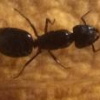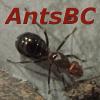Yo, I caught this queen today. Winged though, but wasn't walking near any nest, so she could maybe hopefully be fertile.
I'm not 100% sure of the species, but my guess would be Lasius.
1. Location of collection (ie: park/area, city/town, state/province, country). --
Denmark - Found walking on a wall.
2. Date of collection (more important for ID's of queens). --
30/6/2018 - 6 pm.
3. Habitat of collection (ie: desert scrub, oak forest, riparian, etc.).
Walking on a building wall at my moms place, which is on the country.
4. Length (to the nearest millimeter or 1/16th of an inch.) Millimeters is preferred. --
7-8 mm.
5. Coloration, hue, pattern and texture (ie: dark redish-orange head, velvet-like gaster, translucent, hairy/bald, shiny/dull, etc.).
Darkbrown body with a lighter brown stripes around the gaster and light brown legs.
6. Distinguishing characteristics (ie: one petiole node/two petiole nodes, length and orientation of any spines or bumps on the thorax or waist, head shape, eye size, shape of mandibles, number of antennal segments, etc.)
7. Anything else distinctive (ie: odor, behavior, characteristics relative to others in the colony, etc.).
8. Nest description (if you can find the nest, and you're sure it belongs to the ant you collected) (ie: rotted log, volcano-shaped mound of coarse gavel 10cm in diameter, etc.).
9. Nuptial flight time and date (if you witnessed the ant or it's colony having a nuptial flight or caught an alate you are confident was flying that day or time)
10 . Post the clearest pictures possible of the top, side, and face of the ant in question, and if possible, their nest and the habitat they were collected in.
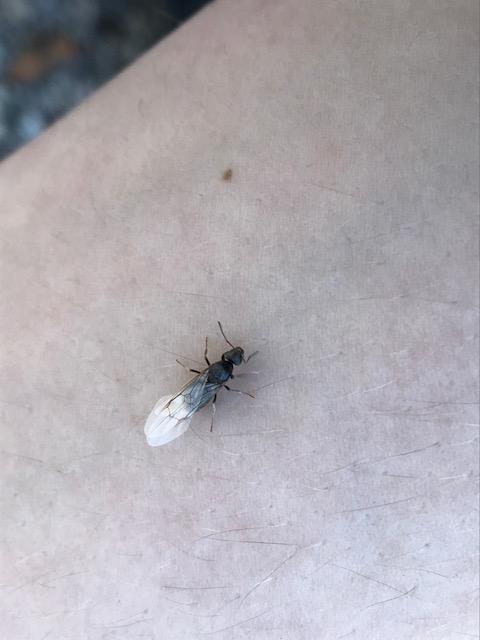
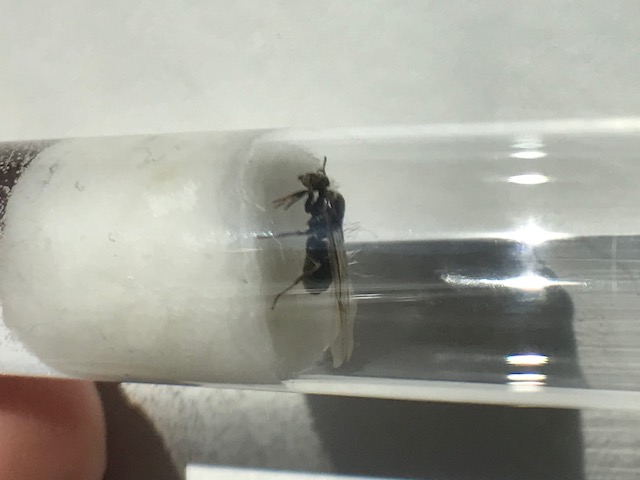
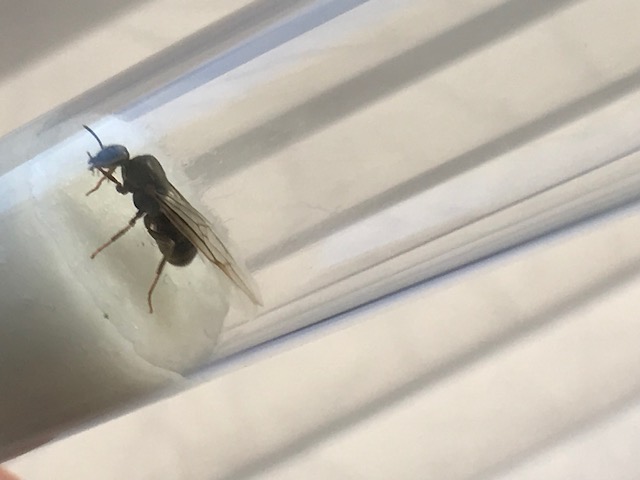
Edited by Deluga, June 30 2018 - 9:06 AM.



